Commentary: The masking of ICE agents is indefensible
Published in Op Eds
Last month, a federal judge observed that masked figures were creating terror on American streets — not criminals but agents of Immigrations and Customs Enforcement. “Law enforcement in the United States has usually been performed in the open,” wrote Judge William G. Young, a Ronald Reagan appointee to the U.S. District Court in Massachusetts.
“Images of plain-clothed, masked federal agents — faceless agents of the federal government — snatching a non-violent person off the streets” have created “fear in citizens and non-citizens alike.”
We’ve all seen the arrests in our neighborhoods and felt that fear. We’ve watched the raids unfold on the news: on the streets, on college campuses, in workplaces, in homes, outside courtrooms, in Home Depot parking lots. ICE agents wearing masks, violently detaining people, holding them captive, disappearing the suspects.
And we’ve heard the explanation that masking protects the ICE agents. “If you expose them,” President Donald Trump has said, “you put them in great danger, tremendous danger.”
But that rationale is indefensible, as it would apply to every public official and employee involved in the criminal justice system, all of whom face the threat of retaliatory violence. Moreover, severe penalties exist for attacking or intimidating law enforcement officers. Surely a judge who sentences convicted criminals to prison is as much at risk as ICE agents, yet the notion is absurd that judges should be anonymous or allowed to mask their faces in the courtroom.
Anti-masking bills have been introduced in Congress — including the “No Secret Police Act” and “No Anonymity in Immigration Enforcement Act”— but the measures have no chance of enactment under GOP control. Recently, Chicago and California banned masked arrests, but the U.S. Department of Homeland Security has stated: “We will NOT comply.”
What is needed is for the courts to act — to declare masked arrests unconstitutional, as unreasonable seizures barred by the Fourth Amendment. The U.S. Supreme Court has held that “reasonableness depends on not only when a seizure is made, but also how it is carried out.” Guarantees exist against seizures without probable cause or warrants, and the court has found that law enforcement agents violate the Fourth Amendment if they seize someone with unreasonable force or execute a warrant to search someone’s home without first knocking and announcing their presence. Such protections, essential in a democracy, should be extended to bar the carrying out of masked arrests. That ban is necessary to identify bad actors, and reduce the risk of harm and thereby uphold constitutional guarantees against unreasonable seizures and interference with freedom of expression.
ICE use of masks has spread more than fear. It has led to criminal impersonation: men pretending to be ICE agents carrying out kidnappings and sexual assaults. But threats to liberty and security lie in masked ICE policing itself — that faceless agents will use excessive force on immigrants or retaliate against witnesses who protest their raids by exercising free speech rights, and that no redress for the wrongs can be sought because the ICE agents can’t be identified. That masked men can act with impunity, as in authoritarian regimes.
Aggressive recruitment of new ICE agents, who are deployed with little training, heightens the risks of the masked raids. As the crackdown spreads — with the White House demanding 3,000 arrests by ICE a day— so, too, is protest against the masking. “More raids means more unidentified federal law enforcement intimidating and in some cases terrorizing our communities,” states the American Civil Liberties Union, noting the difficulty of distinguishing ICE arrests from kidnappings.
Masking also presents dangers for the ICE agents, who may be mistaken for imposters. Obscuring identity has long been a tactic used in certain undercover operations. But as former ICE official Scott Shuchart warned about the masked arrests, there is now “a kind of vigilante problem where people either don’t know, or at least aren’t sure, that these officers who are dressed up like bank robbers are actually law enforcement officers.” In such circumstances, violent self-defense might result.
Judicial prohibition of masked arrests is supported by trends toward greater transparency in policing nationwide. “In evaluating the reasonableness of police procedures under the Fourth Amendment,” the Supreme Court has, by its own account, “looked to prevailing rules in individual jurisdictions.” ICE agents’ masking is sharply discordant with rules requiring local police to wear badges and nameplates and barring them from preventing the public from reading the information. The increasing use of body-worn cameras similarly serves police accountability.
According to the U.S. Department of Homeland Security, however, assaults on ICE agents are up by more than 1,000% this year and masking has been informally tolerated to prevent doxxing, harassment and violence. Meanwhile, the U.S. Justice Department has begun to prosecute people who follow agents or publicize their addresses. Yet ICE has issued no policy requiring mask use to protect agents — nor any official guidelines on masking at all. Appearing on Fox News in July, the acting ICE director, Todd Lyons, equivocated. “I’m not a fan of the masks,” he said. “I think we could do better, but we need to protect our agents and officers.”
The unreasonableness of masked arrests is highlighted by state legislation outlawing the wearing of disguises by private individuals on public property. It reflects the understanding that masking promotes lawlessness — and as the Supreme Court has recognized, “Decency, security and liberty alike demand that government officials shall be subjected to the same rules of conduct that are commands to the citizen.”
Currently, some 22 states have anti-masking rules on the books, as do many local governments, rules now being enforced to suppress peaceful dissent rather than criminal activity. In extreme instances, felony charges have been threatened against masked students protesting the war in Gaza. No doubt the repressive use of the restrictions will broaden. Last June, Trump posted on social media: “From now on, MASKS WILL NOT BE ALLOWED to be worn at protests. What do these people have to hide, and why???”
Anti-masking rules governing private conduct are almost a century old, with most originating in efforts to quell the terrors of the Ku Klux Klan. With much to hide, the Klan has attacked anti-masking laws in the very terms now used by ICE to defend masked arrests: “Members wear their masks to protect their anonymity,” the Klan has argued, “because of the harassment, threats of violence, violence.”
The depth of community protest against ICE agents’ masking may well be rooted in historical memory of faceless Klansmen riding through the night, seizing their captives. As Judge Young warned recently, “Masks are associated with cowardly desperados and the despised Ku Klux Klan. In all our history we have never tolerated an armed masked secret police.”
We should not do so now.
____
Amy Dru Stanley is a history professor at the University of Chicago. Craig Becker is a lawyer with Democracy Defenders Fund.
_____
©2025 Chicago Tribune. Visit at chicagotribune.com. Distributed by Tribune Content Agency, LLC.
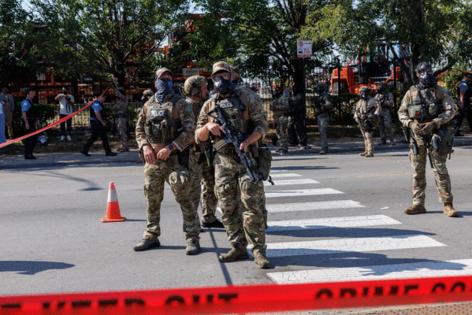
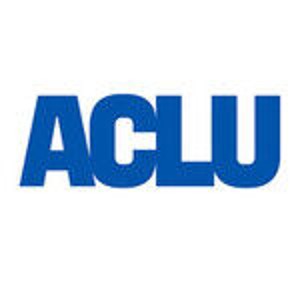

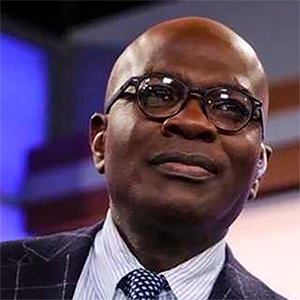

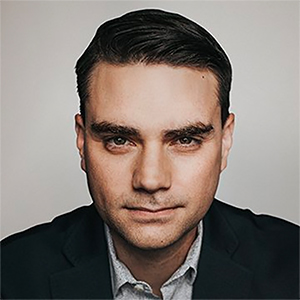

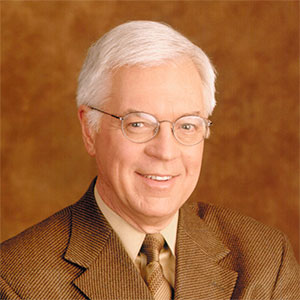

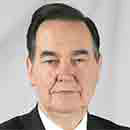

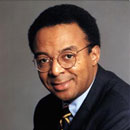






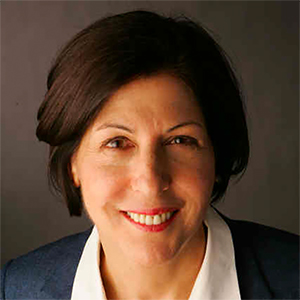




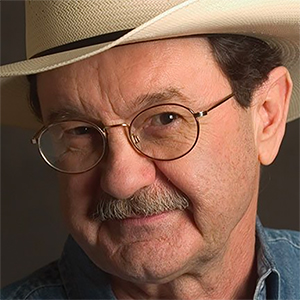

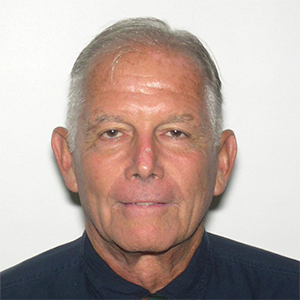
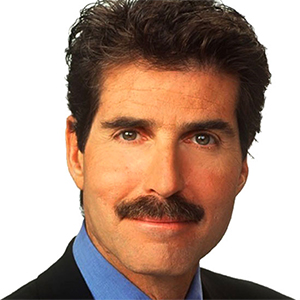

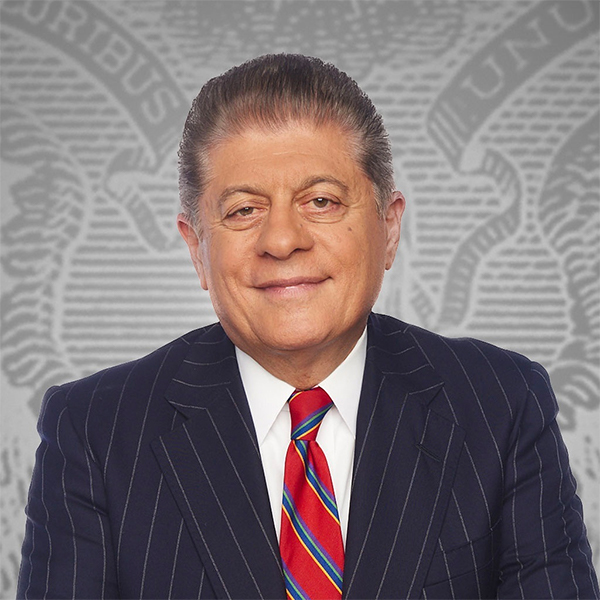


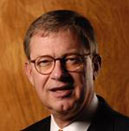



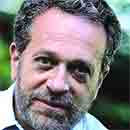
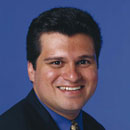
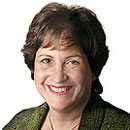

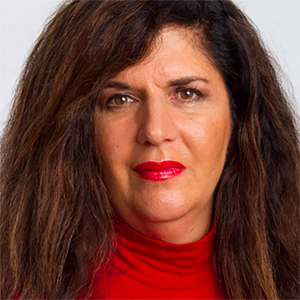




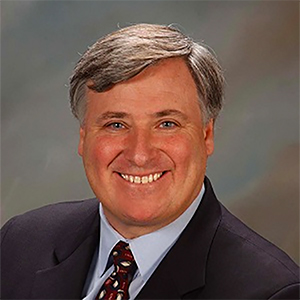




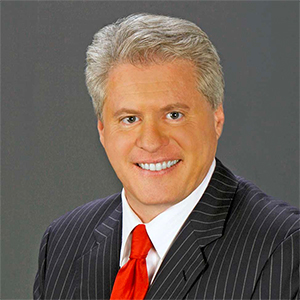
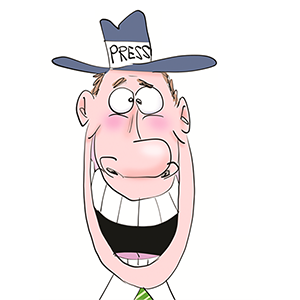
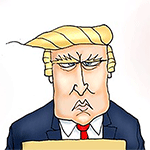

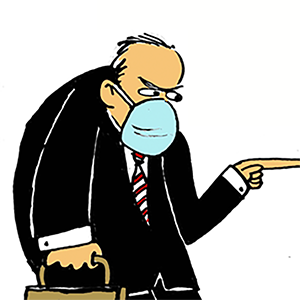
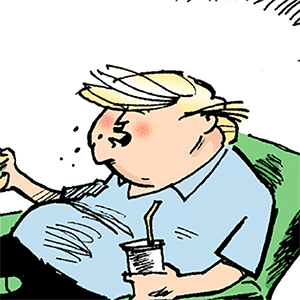
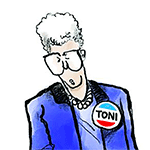
Comments